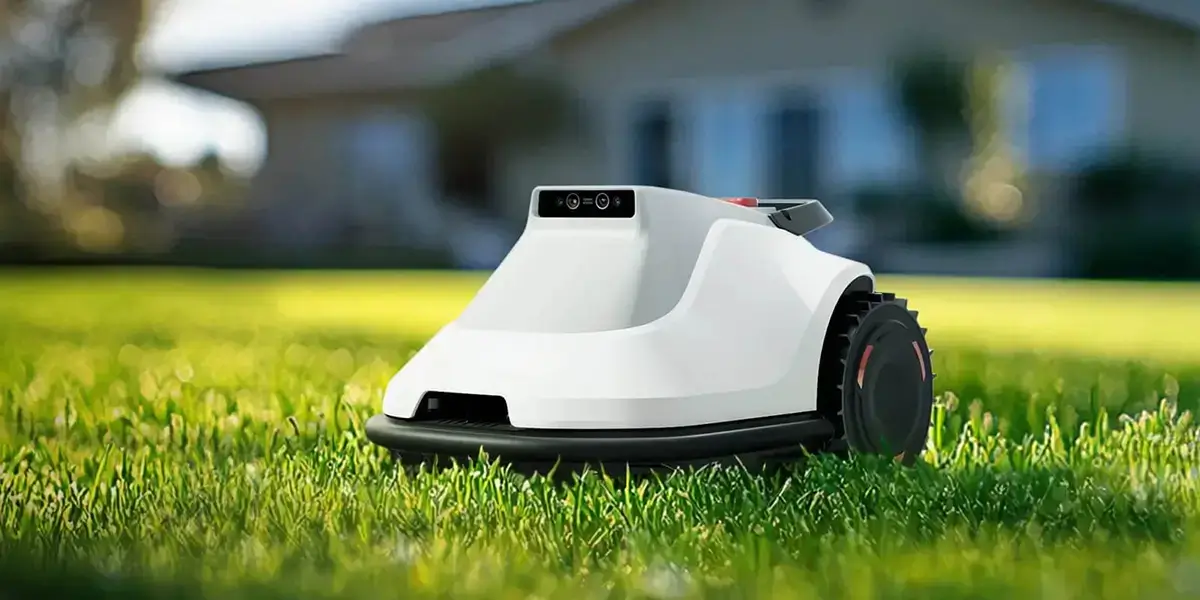Imagine you're building a city from scratch. You don’t want every building to look the same, but you do want them to work together seamlessly. That’s kind of what designing microservices with the right pattern feels like. It’s about creating a flexible, scalable system that happily handles growth and change. And that’s where clever design patterns come into play to save the day.

Think about it. Microservices are like tiny, focused shops—each with its specialty, from user profiles to payment processing. But if each shop is flying solo without a good plan, chaos can quickly erupt. That’s when patterns like the API Gateway or Service Registry come in, acting as the city’s traffic cop, ensuring everything runs smoothly. They make communication clear, efficient, and resilient.
One pattern people talk about a lot is the Saga pattern. It’s like a smart choreographer who makes sure each dance step is caught—every transaction or process that spans multiple services. Imagine an online shopping site. When you buy something, it triggers inventory update, payment, and shipping notifications—all managed carefully so nothing gets lost or duplicated. Nobody wants a situation where your order is paid but the inventory isn’t adjusted. Saga makes sure these steps stay in harmony, even when things go wrong, by rolling back or compensating for issues without crashing the entire system.
But is choosing the right pattern an easy task? Absolutely not. You’ve got to consider your specific needs. Want rapid deployment? Maybe micro frontends or lightweight event-driven architectures fit best. Need fault tolerance? Circuit Breaker or Retry patterns might be what keeps the lights on during a storm. Sometimes, combining patterns can do wonders—like adding a load balancer to a service registry, creating a resilient, responsive system.
It’s worth pondering how these patterns influence future growth. As user demands shift, and technology evolves faster than ever, a well-thought-out blueprint makes scaling a breeze. Because no one wants to rewrite their entire architecture every few months—trust me on that front.
What’s most interesting? Seeing how businesses solve real problems with these patterns. A startup might begin with a simple API Gateway, only to realize down the line that introducing an Event Sourcing pattern helps manage complex data flows. Or a large enterprise could implement domain-driven design patterns, aligning their tech architecture with how they actually do business.
All in all, mastering design patterns for microservices isn’t about blindly following a checklist. It’s about understanding which pattern fits which challenge, and knowing how to adapt when requirements change. Doing this right can turn a chaotic jumble into a well-orchestrated system where every piece works perfectly with the others, giving a boost to efficiency and reliability. That’s what makes a smart microservices design pattern a game-changer.
Established in 2005, Kpower has been dedicated to a professional compact motion unit manufacturer, headquartered in Dongguan, Guangdong Province, China. Leveraging innovations in modular drive technology, Kpower integrates high-performance motors, precision reducers, and multi-protocol control systems to provide efficient and customized smart drive system solutions. Kpower has delivered professional drive system solutions to over 500 enterprise clients globally with products covering various fields such as Smart Home Systems, Automatic Electronics, Robotics, Precision Agriculture, Drones, and Industrial Automation.




































